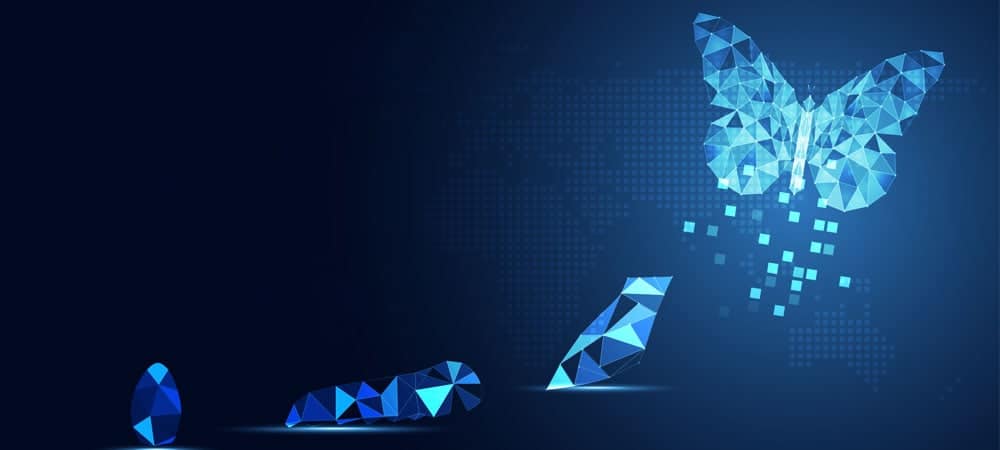New Digital Core

The will to transform is clearly noticeable in all industries and is reflected in the programs, plans and budgets that have been initiated. In particular, those companies that in the past relied heavily on analog channels and less on digital customer interfaces suddenly found themselves under great pressure - partly because many in the past focused only on the most necessary digitization programs and avoided a holistic transformation in the form of rolling out the latest digital technologies throughout the entire company. From our studies, we now know that topics such as digital experience, platform ecosystems and, above all, data analytics have gained massive relevance.
B2C and B2B channels
Accordingly, companies are investing heavily in the digitization of customer interfaces, i.e., in marketing and communication channels as well as sales channels. What's new about this is that it's not just companies from the B2C business that are now digitizing their customer front ends to a greater extent, but also companies from very traditional industries such as machine and tool manufacturing, chemicals, or B2B trade. As a result, digitization is finally being approached more holistically. 69 percent of CIOs observe that digitization and the necessary transformation have been pushed much harder by their companies since the outbreak of the Corona crisis. The main drivers here are the development of new digital business models and process efficiency programs, but also the trend toward New Work.
Technologically, we have seen a significant increase in demand over the last two years, especially for topics such as AI, cloud, security, and intelligent automation. Demand for custom software development has also risen sharply - especially for differentiating solutions at the customer interface. Here we also see cloudnative increasingly being used as a software architecture. At the same time, investments are being made in modernizing the process and IT landscape. It is precisely here that we have observed in the last two years that companies are consolidating their often very complex IT landscapes and replacing them with modern standard software platforms - increasingly as software as a service.
The concern about being digitally left behind is high! Another important reason for pushing ahead with transformation programs is that many companies are concerned that the gap between the digital pioneers and those who are hesitant or inconsistent in their digital transformation is widening. That is why, in our observation, more and more holistic digitization programs are being initiated against the backdrop that digital business models require a radical transformation of operating systems, processes and architectures as well as massive investments in new software solutions to modernize IT for the changed requirements and integrate it more into the business.
Microservices, Cloud and E2E
What do companies look for and need in their processes and in their IT? Interface openness, modular microservices, cloudnative in certain areas, scalability, and availability and end-to-end for data availability. In the end, however, there is always the tension between efficiency and customer experience. Since we are in the middle of the cloud age, it is very important that individual software solutions can also be operated and further developed very efficiently in the cloud - key words: security, patches and releases.
To successfully shape the digital transformation, previously isolated processes must be interlinked to form end-to-end process chains and previously unused automation potential must be leveraged. Above all, digitization requires the continuous collection and immediate evaluation and analysis of data - ideally directly where it is generated. This makes personalization - an enormously important element of digital transformation - possible, for example. This is achieved, among other things, by breaking down historically grown IT and process silos and networking individual processes into microservices that can be changed and adapted very flexibly.
For this reason, Corona has also given a significant boost to the changeover to the new S/4 suite in Lünendonk's view, among other things to build a Digital Core in which data can be exchanged smoothly between the front-end and back-end systems - in real time, of course. According to a Lünendonk study on the status of the S/4 Hana conversion from 2021, many of the SAP customers surveyed now recognize the opportunity to also tackle their digital transformation with S/4 as the digital core.







